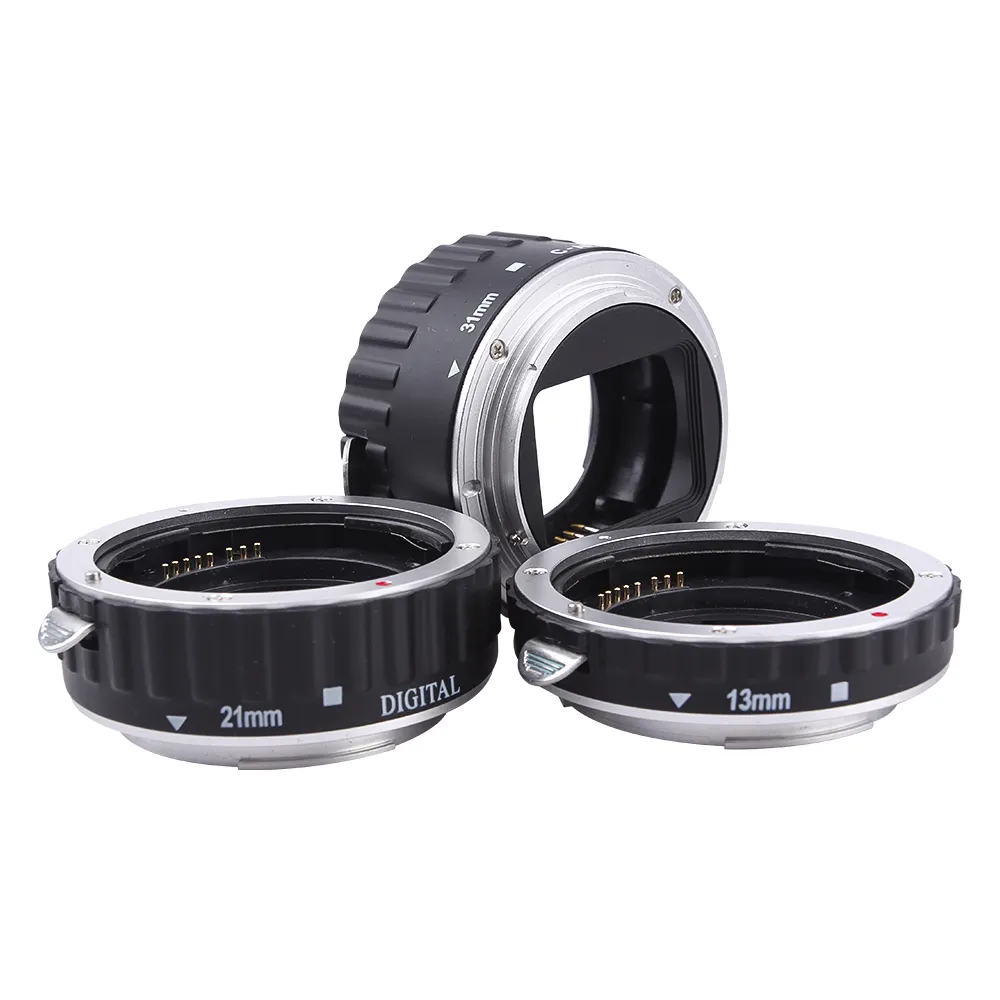

Time:2025-03-26 Views:1

Macro lens adapters are crucial accessories for photographers who wish to capture detailed close - up shots. Their performance in various environmental conditions, especially in terms of acid and alkali resistance, is of great significance.
The materials used in manufacturing macro lens adapters play a decisive role in their acid and alkali resistance. Most high - quality adapters are made from materials such as aluminum alloys, stainless steel, and certain types of plastics. Aluminum alloys, for example, often have a natural oxide layer on their surface that provides some degree of protection against mild acids and alkalis. However, when exposed to more concentrated acidic or alkaline substances, this oxide layer may be gradually corroded.
Stainless steel is renowned for its excellent corrosion resistance, including resistance to acids and alkalis. It contains alloying elements such as chromium, nickel, and molybdenum. Chromium forms a passive oxide film on the surface of the stainless steel, which acts as a barrier against corrosive substances. This makes stainless - steel - based macro lens adapters highly suitable for use in environments where there may be exposure to acidic or alkaline fumes, such as in industrial areas or near chemical plants.
Certain plastics, like polyetheretherketone (PEEK) and polyphenylene sulfide (PPS), are also used in macro lens adapters. These plastics have good chemical resistance. PEEK, for instance, can withstand a wide range of acids and alkalis without significant degradation. It is highly stable and retains its mechanical properties even when in contact with corrosive chemicals.
To test the acid and alkali resistance of macro lens adapters, standardized laboratory tests are often carried out. In an acid - resistance test, the adapter is immersed in a solution of a specific acid, such as hydrochloric acid or sulfuric acid, at a certain concentration and temperature for a set period. After the immersion, the adapter is examined for any signs of corrosion, such as pitting, discoloration, or loss of material. The same principle applies to the alkali - resistance test, where the adapter is exposed to an alkaline solution like sodium hydroxide.
In real - world applications, photographers need to be aware of the potential exposure of their macro lens adapters to acids and alkalis. In a coastal area, for example, the sea spray contains salts that can be mildly acidic or alkaline. Using a macro lens adapter with good acid and alkali resistance can ensure its long - term functionality and prevent damage to the adapter and the attached lens.
Read recommendations:
vintage underwater photography Accessories